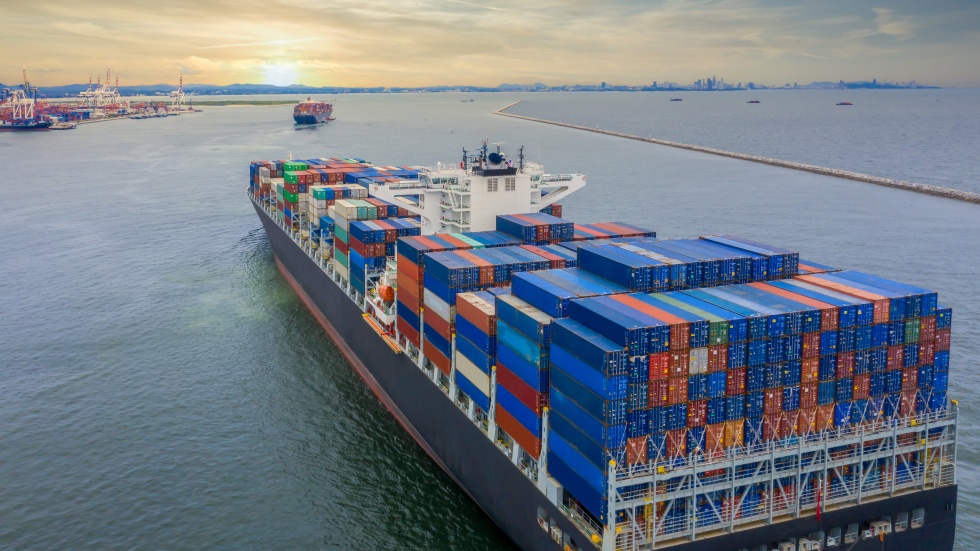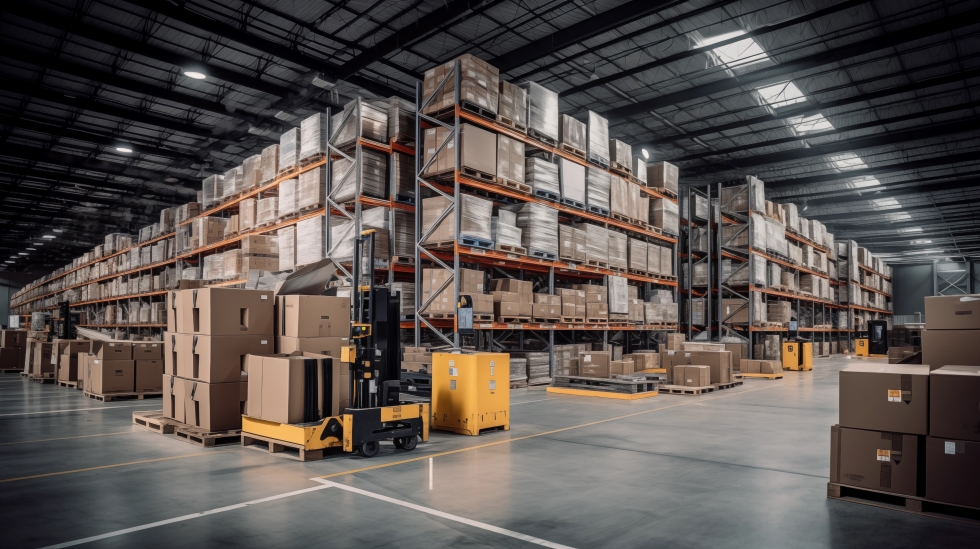Your Guide to International Trade Success
Navigate the complexities of international trade with expert insights. Discover strategies for success, trade agreements, and risk management in our latest blog posts.

In the dynamic world of international trade, understanding the basics is paramount to success. Whether you are a seasoned importer/exporter or venturing into the global marketplace for the first time, this article will serve as your comprehensive guide to the intricacies of international trade.
Introduction to International Trade
International trade, the heartbeat of the global economy, involves the exchange of goods and services across borders. This fundamental practice not only fosters economic growth but also facilitates cultural exchange and cooperation on a global scale. As businesses increasingly explore opportunities beyond their domestic markets, a solid understanding of international trade principles is essential.
Navigating the intricate web of international trade agreements is a critical aspect of building a successful global business. From bilateral negotiations to multilateral pacts, the landscape is diverse. At the forefront is the World Trade Organization (WTO), which acts as a global arbiter to ensure fair play. Meanwhile, regional trade blocs such as the European Union (EU) and the Association of Southeast Asian Nations (ASEAN) offer unique dynamics and opportunities for those involved in foreign trade.
Navigating Trade Agreements
Trade agreements are formal agreements between nations or regional blocs that facilitate and regulate the exchange of goods and services. These agreements outline the terms, conditions, and rules governing trade relations, to reduce barriers and promote economic cooperation.
Types of Trade Agreements
Bilateral vs. Multilateral Agreements:
- Bilateral agreements: These involve trade negotiations between two countries and promote a direct and focused partnership.
- Multilateral agreements: These agreements involve three or more countries and promote broader economic cooperation, which presents both challenges and benefits.
Free Trade Agreements (FTAs) and Customs Unions:
- Free trade agreements: By eliminating or reducing tariffs and trade barriers, FTAs promote the free flow of goods and services among participating nations.
- Customs unions: Building on FTAs, customs unions also harmonize trade policies and promote a deeper level of economic integration.
Understanding Customs and Tariffs
When companies delve into the world of tariffs and customs, they encounter a complex framework that governs the movement of goods across borders. The imposition of tariffs, whether ad valorem or specific, has a significant impact on pricing strategies. At the same time, navigating tariffs and complying with import/export regulations is critical. Understanding customs valuation methodologies and non-tariff barriers is becoming a strategic imperative for those involved in international trade.
Customs Duties and Import/Export Regulations
Customs Valuation:
- Determining the value of imported goods is a critical step in calculating customs duties.
- Methods such as transaction value, transaction value of identical goods, and deductive value contribute to a fair and transparent valuation process.
Non-tariff barriers:
- Beyond tariffs, non-tariff barriers include quotas, licensing requirements, and technical standards that affect the flow of goods.
- Navigating these barriers requires a meticulous approach to compliance and an understanding of each market's unique regulatory landscape.
Stay tuned for the continuation of this pillar article, where we'll examine the critical role of trade finance in global transactions and explore strategies for effective risk management in international trade. Whether you are an exporter, importer, or a business enthusiast seeking to understand the nuances of global trade, this article aims to equip you with the knowledge to navigate the complexities of the international trade landscape.

The Role of Trade Finance in Global Transactions
As we begin to explore the fundamentals of international trade, it's important to highlight the indispensable role of trade finance in facilitating seamless global transactions. In the interconnected world of import-export business, financial instruments play a pivotal role in mitigating risk and ensuring the smooth flow of goods and capital.
Introduction to Trade Finance
Trade finance encompasses a range of financial products and services designed to support international trade activities. From the moment an order is placed to the final settlement of payment, trade finance instruments act as catalysts, enabling companies to overcome financial barriers and embark on successful global ventures. In this landscape, two fundamental instruments stand out: Letters of Credit and documentary collections.
Letters of Credit:
- A cornerstone of trade finance, letters of credit provide a secure method of payment for both buyers and sellers.
- By serving as a guarantee from a financial institution, letters of credit reduce the risk of non-payment and promote confidence in international transactions.
Documentary Collections:
- Offering a simpler yet effective approach, documentary collections involve the exchange of shipping documents through banks.
- This method ensures that payment is not released until certain conditions are met, adding a layer of security to the transaction.
Trade Credit Insurance:
- To mitigate the risk of non-payment, trade credit insurance provides companies with protection against commercial and political risks.
- This proactive approach to risk management enables companies to explore new markets with confidence.
Managing Risk in International Trade
As we navigate the landscape of international trade, it's critical to recognize and address the inherent risks associated with global business operations. Effective risk management is not just a strategic choice; it's a necessity for maintaining and growing a successful international trade business.
Overview of Global Trade Risks
Political and regulatory risks:
- Political instability, changes in government policy, and regulatory uncertainty can have a significant impact on international trade.
- Companies must remain vigilant adapt to geopolitical shifts and ensure compliance with evolving regulations.
Currency and exchange rate risks:
- Fluctuations in currency exchange rates can affect the profitability of international transactions.
- Implementing hedging strategies and closely monitoring currency trends are essential components of mitigating foreign exchange risk.
Risk Mitigation Strategies
Hedging techniques:
- Derivative instruments such as futures contracts and options provide companies with tools to hedge against currency and commodity price fluctuations.
- Careful consideration and implementation of hedging strategies can help companies navigate volatile markets.
Diversification and Due Diligence:
- Diversifying markets and suppliers helps spread risk and reduce dependence on a single market or partner.
- Thorough due diligence, from assessing the financial stability of partners to understanding market dynamics, is critical to making informed decisions.
Mastering International Trade for Global Success
Whether you're a seasoned professional or an aspiring entrepreneur, mastering the dynamics of worldwide trade opens doors to unparalleled opportunities in the global business arena. As you embark on your journey in the import-export business, remember that staying informed, adapting to evolving market conditions, and leveraging the power of trade agreements will be key to your success.
Stay tuned for more insights and practical tips as we continue our exploration of the multifaceted landscape of international trade. The global market awaits those who are well-prepared and equipped with the knowledge to navigate its complexities. Here's to your success in the exciting and interconnected world of international trade.






Comments 0